April is National Poetry Month! This month, we’ll be celebrating this literary genre and sharing resources to help you and the learners in your life engage with different forms of poetry.
Reading (or listening to) poetry can help students develop key literacy skills such as phonemic awareness, as well as improve their fluency and build their vocabulary. Poetry also helps children to engage their emotions and connect what they’re reading to their own experiences.
Whether silly or serious, poems capture the imagination in many ways. In honor of National Poetry Month, we’ve rounded up a few of our favorite poetry books for kids (plus a few bonuses!). All of these books make great read-alouds and will introduce kids to a variety of poetic forms. Have fun sharing these children’s poems with your family or class!
(Note: We may earn commissions on products purchased through the links in this post. This does not affect the price you pay or what we recommend. Learn more)


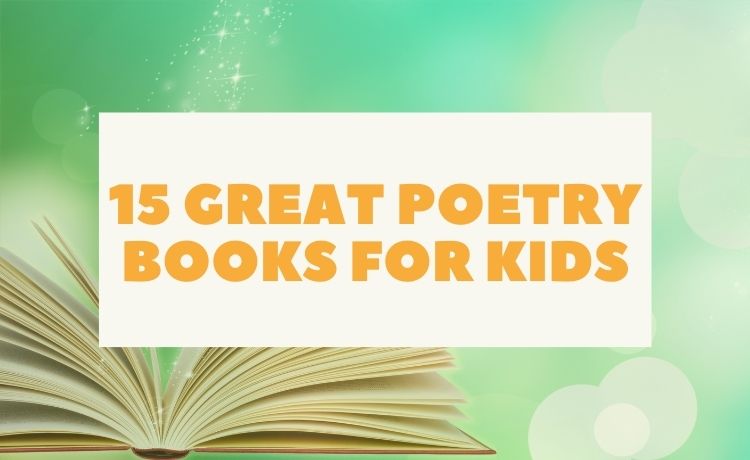
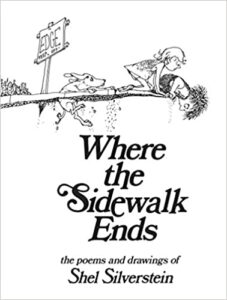
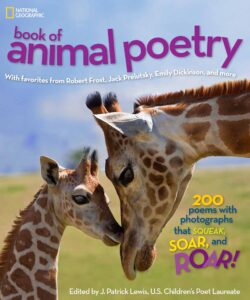
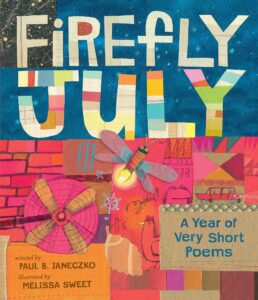
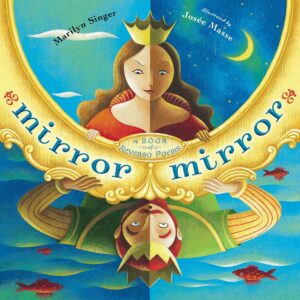
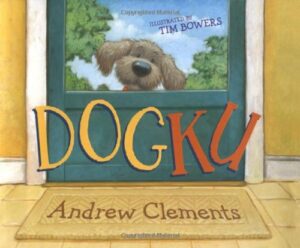

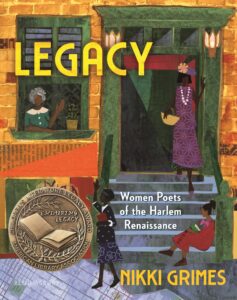


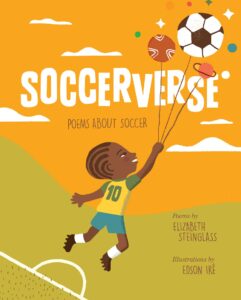
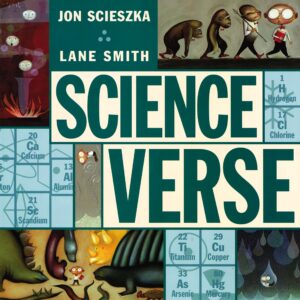
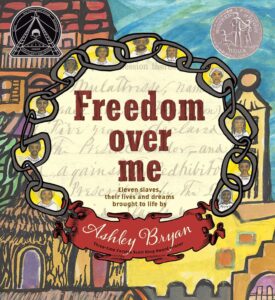
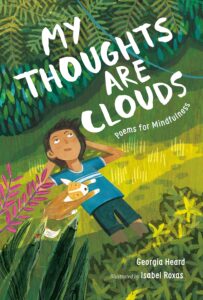
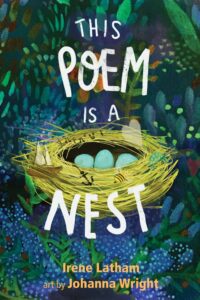
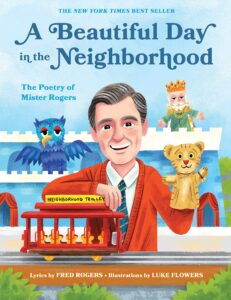
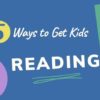
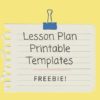
Leave a Reply